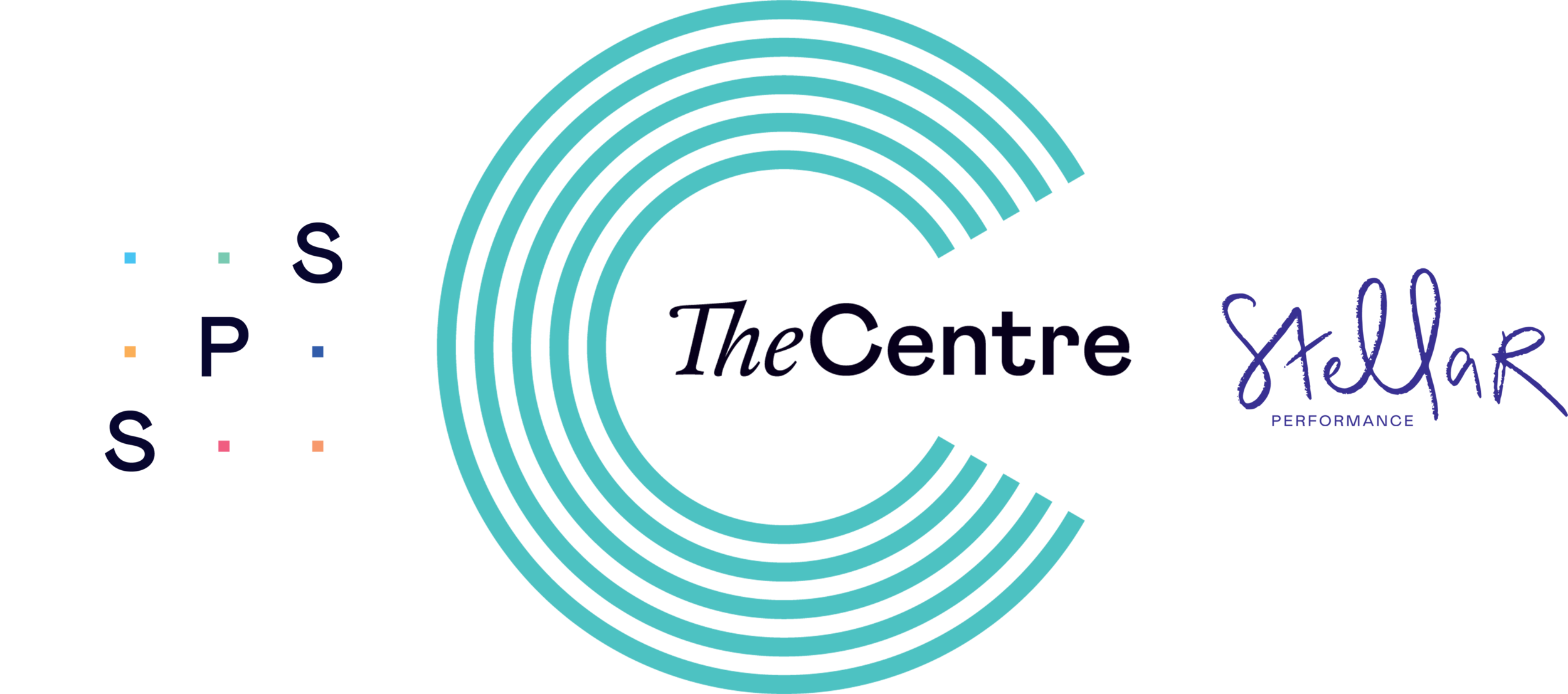H - Hands - Everyones hands tell a story, what do yours say?
Hands are taken for granted by the majority of people, used and abused! We look after our cars, computers and machinery with services, MOT’s and general maintenance on a regular basis so why don’t we look after our hands? The “tools of our trade” are more precious than any machine and therefore the most important part of our kit and yet insufficient time is spent maintaining and looking after them.
Painful damaged joints are responsible for many therapists and practitioners ceasing to practice. Joints that are not looked after whether in your hands, neck, lower back, hips or knees lead to disability. Keeping them in “full working order” for as long as possible is the key to longevity in our massage and soft tissue industry.
We cannot prevent age related wear and tear however we can prevent and minimise adverse mechanical strain to joints through poor posture, poor practice and skill/technique delivery.
So how can we look after our hands in particular? Well firstly we must consider the anatomy and biomechanics of the hand to understand where the force is directed, thereby understanding where over use and repetitive action of our work focuses the stress.
For those who wish to revisit their anatomy look at the following presentation By:Dr.Amit Kr. Choudhay RIMS,Imphal
Now we have a clear indication of the anatomy we can look at some considerations.
“The intricate anatomy of the hand with its many structures working together makes analysis of hand function something for the experienced doctor and/or therapists.”
Function can be impaired by the smallest change to ligaments, tendons or muscles.
The following pictures show some degenerative joint changes and loss of function when compared to the other hand along with a simple video to show how to check for malrotation at metacarpal and/or phalangeal joints due in the main to fracture or degenerative joint changes. Fingers should point to the tubercle of scaphoid, deviation implies loss of function which to maintain ‘normal’ function should be addressed. View here
“The thumb is a mechanical unit consisting of strong ligaments and dynamic muscles, providing the resistance to the fingers and palm during pinch and grip. Each thumb joint has a mechanical equivalent that helps explain elements of thumb stability. The trapeziometacarpal joint is potentially the most unstable but has adapted to its unique position by special joint geometry and, in particular, a combination of support ligaments that permit a wide range of motion yet stability.” This is the most vulnerable joint for therapists as the majority of practitioners continue to load this joint while moving, putting unnecessary stress to ligaments resulting in laxity and subsequent joint damage and pain.
The following video shows how not to use the thumb!
Unnecessary stress placed on the trapeziometacarpal joint.
Then a video showing the correct technique stabilising the trapeziometacarpal joint of the thumb while working on the same area.
This attention to ‘how’ we use our bodies when delivering therapy not only applies to our hands but to the whole of us - posture, weight transference , appropriate positioning and understanding how to deliver pressure and force to the appropriate depth in the correct direction comes from good education.
If you feel pain in joints when delivering massage or soft tissue therapy then you may need help in correcting posture, technique and skills so consider a One-to-One session.
While we cannot hold back time we can prevent unnecessary wear and tear with a good hand-care system. For more information contact us admin@spslearn.co.uk
If you need any further help, support or guidance then contact us to arrange a One to One or attend a course in advanced soft tissue skills, assessment or agree a bespoke education programme to meet your needs.

